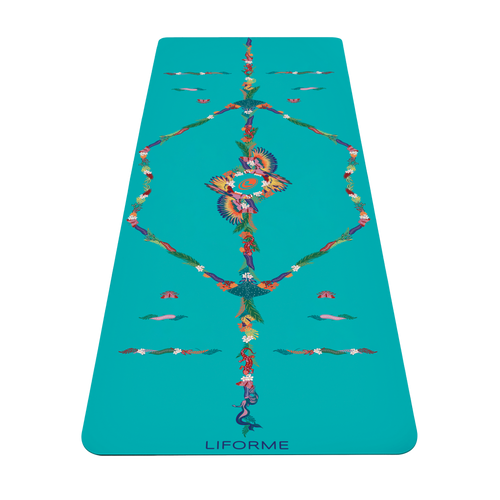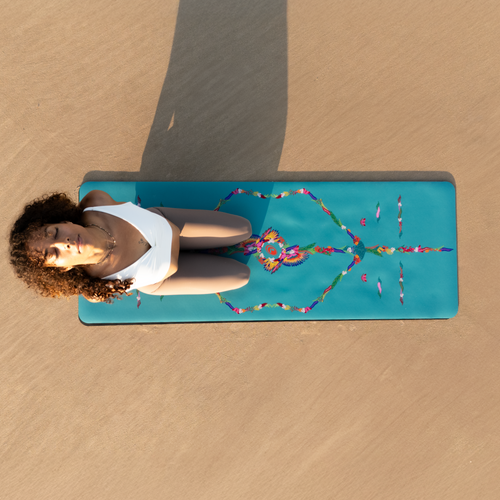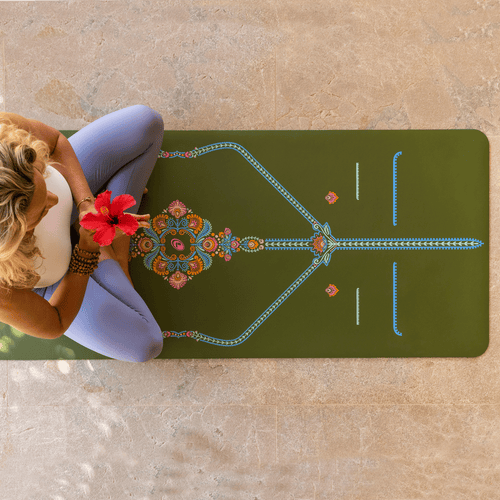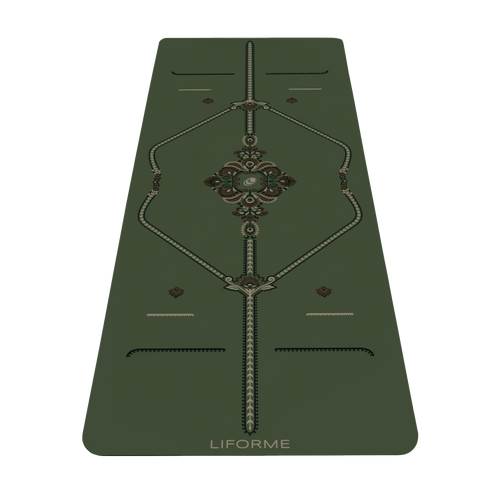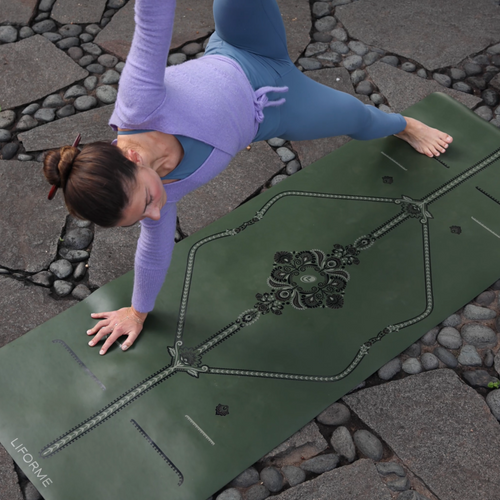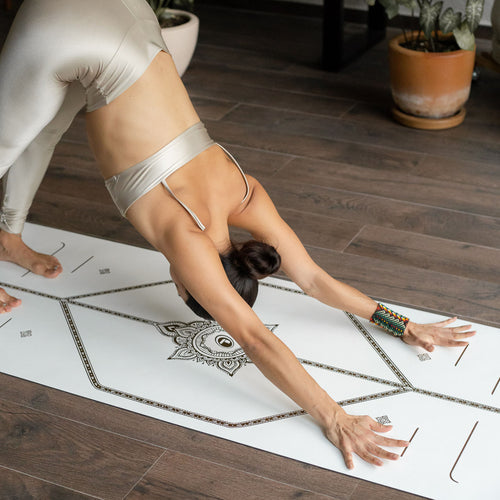Most people who do yoga are familiar with asana (postures) and pranayama (breathing), and maybe even mantra (chanting) and drishti (the gaze). But many of us are just scratching the surface of mudra (seals), the hand gestures that are an integral part of some types of classical yoga and meditation.
Mudras are based on reflexology pressure points in the hands, which contain many sensitive nerve endings. They also relate to concepts of the subtle body like chakras (energy centres) and nadis (channels that connect the chakras). In Hindu iconography, mudras help identify the attributes of the deities. Each finger is also traditionally tied to one of the five elements, so stimulating various combinations can produce specific results.

One of the most commonly used and widely recognized gestures is Anjali mudra. You may also know it as Namaste position, prayer hands, or simply pressing the palms together. Chances are, you’ve used this simple hand position to express gratitude, devotion, or as a greeting. Anjali mudra crosses cultures and language barriers, uniting humans around the world who understand that this is a gesture of respect.
Pressing the two palms in front of the chest is an everyday greeting in India, a gesture of prayer in many spiritual traditions, and a symbol of gratitude in yoga and beyond. Many yogis associate Anjali mudra with the practice of offering thanks to our teachers at the end of class when we exchange Namastes and bow our heads over our pressed palms. That gesture represents our universal connectivity.
Step-by-Step Instructions for Anjali Mudra
- Taking your two hands in front of your chest, press the palms together.
- Extend the pressure up through each finger and thumb to the very tips.
- Keep the sides of your fingers touching.
- There will naturally be a little hollow of space between the centres of the two palms.
- Relax your shoulders away from your ears.
🧘 Tip from a Yogi
Though Anjali mudra is also called prayer position, its purpose is quite distinct. People who are not religious can still practice Anjali mudra as a gesture of respect.
Anjali Mudra Basics
Sanskrit Meaning: Anjali (Reverence or offering) Mudra (Seal)
Yoga Level: All levels
Pose Type: Hand gesture (Mudra)
Pose Category: Gesture of respect, centring, meditation
Also Known As: Atmanjali Mudra, Namaskar Mudra
Benefits of Anjali Mudra
- Opens the chest
- Stretches the wrists
- Symbolizes unity
- Improves focus
- Cultivates gratitude
Anjali Mudra Variations

Heart Centre
Bringing the joined hands to your sternum (heart chakra) with the forearms parallel to the floor stretches the wrists and directs your awareness to your heart centre.

Third Eye
Bringing the mudra to your third eye (Ajna chakra) focuses your attention on your intuition.

Reverse Anjali Mudra
In a reverse Anjali mudra, the palms are joined behind your back, ideally between the shoulder blades. To do this, roll the shoulders down and back, opening the front of the chest. When you bring the hands together behind your back, try to seal them at the base of your palms.
Why We Practice Anjali Mudra
During asana practice, taking the mudra helps us focus our attention, feel centred, and bring poses into balance. Physically, pressing the palms opens the space between the shoulder blades and stretches the wrists. The joining of the hands expresses the union of any type of duality: light and dark, left and right, male and female, yin and yang. It reminds us that these opposing forces exist in all of us and that yoga is a tool for bringing our lives into better balance.
Anjali Mudra FAQs
What is Anjali mudra used for?
Anjali mudra is much more than just pressing your palms together; it’s a powerful way to bring your mind into the present and cultivate gratitude. In yoga and meditation, it helps centre your focus and balance your energy, while on a physical level, it gently stretches your wrists and opens your shoulder blades.
What is the difference between Namaste and Anjali Mudra?
Anjali mudra is the physical gesture of bringing your palms together at the heart, symbolizing unity and respect. Namaste is the spoken greeting that often accompanies this gesture. While Anjali mudra is silent and visual, Namaste adds the verbal expression, meaning ‘I bow to the divine in you’. Together, they create a complete greeting that honours both body and spirit.
Sources:
Le Page, Joseph and Lilian. Mudras for Healing and Transformation. Integrative Yoga Therapy, 2014.
Swami Saradananda. Mudras for Modern Life. Watkins, 2015.












